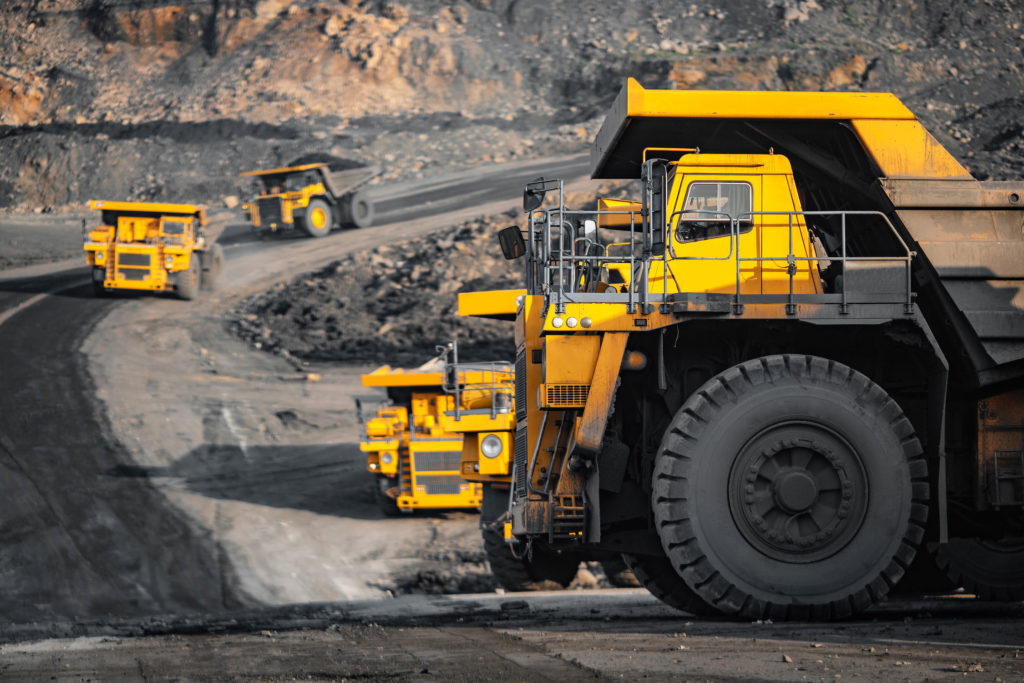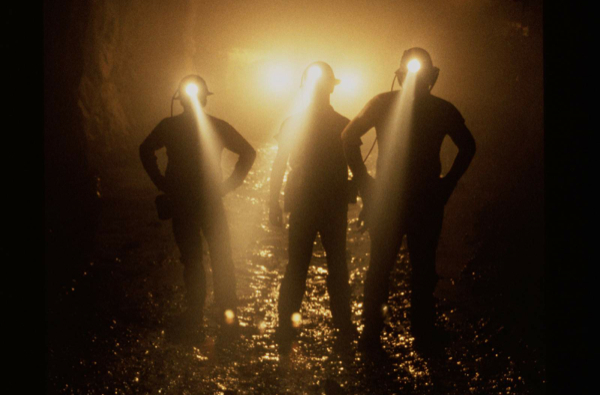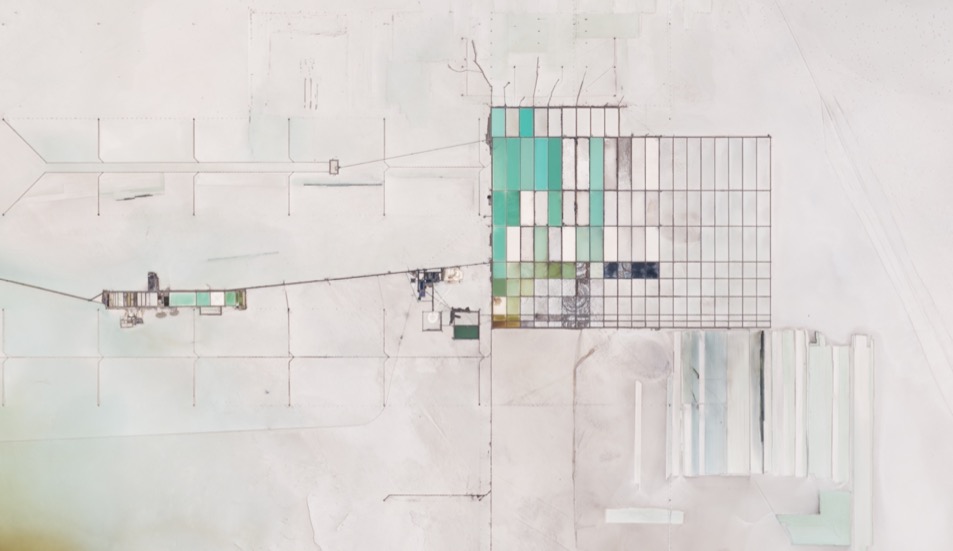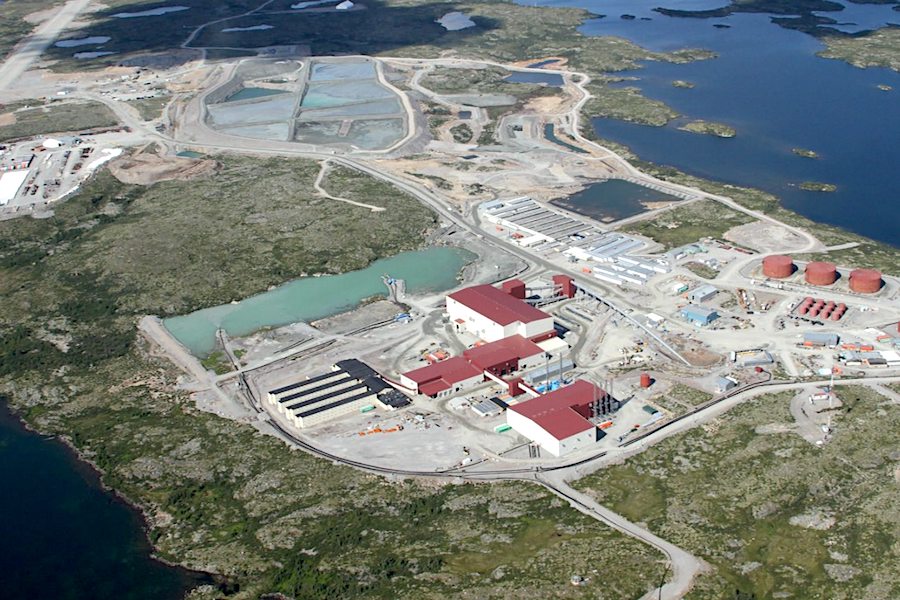High-performance aluminum alloys can now be produced with little energy
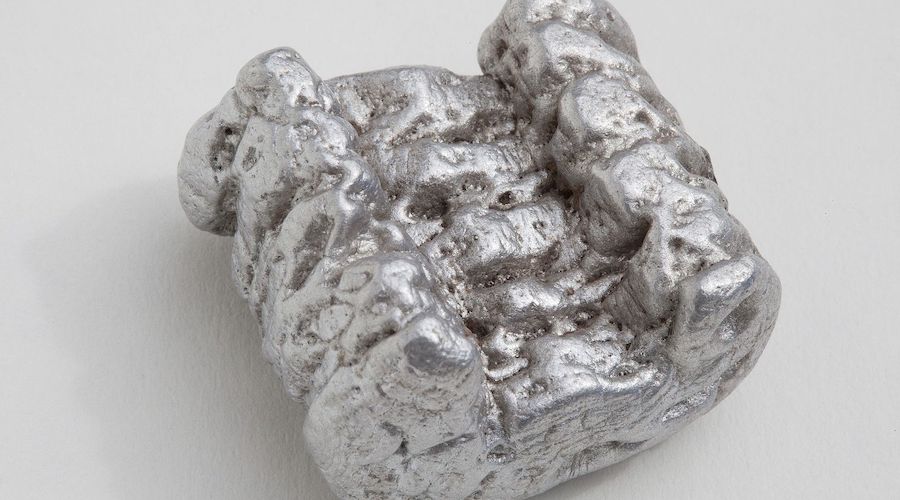

ShAPE has been defined as a green, affordable manufacturing approach that enables the broad use of high-performance aluminum alloys in automotive applications.
In a paper published in the journal Materials and Design, the researchers explain that conventional metal production uses heat to melt individual metals and alloying elements together—like aluminum, copper, or magnesium—to create alloys that are lighter, stronger, or easier to form. If these elements aren’t well-mixed, cracks and fractures can form during processing, which compromise the properties of the final product. In metal production, heat is used to ensure that individual metal elements in an alloy are well-mixed during a step called homogenization.
During homogenization, large metal castings called billets are heated to nearly 500 degrees Celsius for up to 24 hours. This heat treatment step dissolves alloy aggregates in the billet to ensure that all metal elements are evenly distributed or homogenized. This improves the performance of the final product. After homogenization, the metal rods undergo further heating and forming in a step called extrusion.
However, homogenization is the biggest energy-consuming step in the entire metal extrusion process.
This is where the ShAPE process comes in.
Scott Whalen, PNNL chief materials scientist and co-developer of the technology, said that the ShAPE machine eliminates the need for separate homogenization and extrusion steps by combining heating and deformation—the change in the shape of the metal itself.
In the ShAPE machine, the metal billet is simultaneously pushed through a small opening in a die which rotates. Together, the rotational movement and deformation thoroughly mix the metal elements as they are being extruded.
In other words, the new process homogenizes the metal billet in a few seconds, immediately before it is extruded. This eliminates the need for a day-long, pre-heating homogenization step and means that no additional energy is used to heat the billet during extrusion. Together, this results in energy savings of up to 50%.
Whalen and his colleague Tianhao Wang ran some performance testing that showed that their technology also improves how well the individual alloying elements are mixed, leading to a better final product. In detail, components made of aluminum alloys processed with ShAPE exceeded current American Society for Testing and Materials standards for strength and elongation.
“We took a closer look using an electron microscope and saw that ShAPE breaks apart the alloy aggregates and dissolves them into the aluminum matrix prior to extrusion, making it more extrudable,” Wang said. “This translates to better performance—our aluminum 7075 alloys are stronger and stretch farther before breaking.”
This post has been syndicated from a third-party source. View the original article here.
